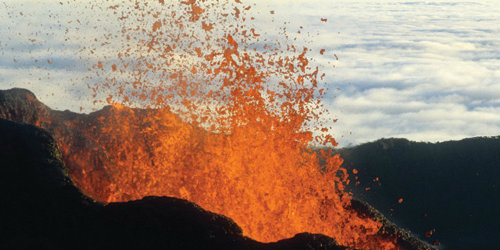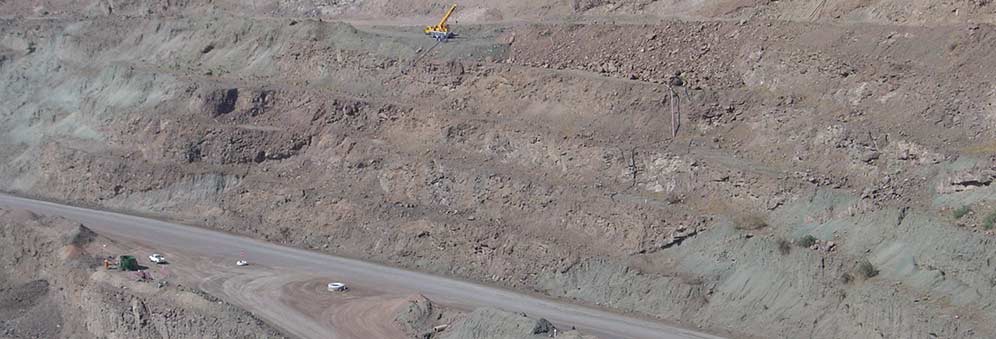Diamond insights
Industry joined forces with science to realise the full financial and technical potential of diamonds, already one of the world's major natural resources.
In 2003, Professor Steve Sparks, one of the world’s leading experts in volcanology, was approached by the diamond company De Beers with a research challenge that culminated in some of the most significant findings in the field.
The company estimates the value of the research as millions of dollars’ worth of savings.
"The emphasis within industry is on finding solutions, whereas academia is more focused on a long term view and investigating things because they are intellectually challenging. The support we had from De Beers for this project meant that we achieved success in both respects." - Professor Steve Sparks, School of Earth Sciences Volcanology Group
Deeper insights, greater value
While kimberlites - effectively small volcanoes - have long been the primary source of diamonds, the process by which they are formed was not fully understood. As a result, procedures used by companies like De Beers operated at high levels of commercial risk.
The standard approach to kimberlites within the industry was historically dominated by microscopy, with very limited understanding of the volcanology and a narrow focus on the petrological aspects.
Involving the expertise of Professor Sparks and his team enabled De Beers to improve their knowledge and geological understanding, while supporting a new area of scientific research that may not otherwise have developed.
From business solutions to natural hazards
“It’s imaginable that we could have attracted academic funding but we wouldn’t have got access to the mines and the materials that were enabled by working with industry geologists,” says Professor Sparks. “Aligning the interests of academia and the industry sector can be challenging but in this case, it was a success both for our academic interests and for De Beers in terms of value for money.
“For us it was a great opportunity to study what’s going on in the volcanic vents deep within the Earth. What emerged was a new understanding of the processes of how volcanic vents are formed. These ideas can be applied not just to kimberlites but to all volcanoes, so as well as helping De Beers to adopt a more intelligent approach, we have gained a lot of insights into the business of forecasting natural hazards.”
Mysteries resolved
The seven-year collaboration was instrumental in solving some of the most significant mysteries in kimberlite volcanology. For instance, it is now known that most kimberlite eruptions were long-lived multistage events rather than single catastrophic explosions. It was also discovered that kimberlites have mostly been altered by external water in hydrothermal systems. This, together with new high pressure and temperature lab experiments, has shown that kimberlite magmas were much lower in silica and magnesia than previously thought.
This high quality geological information supports the development of De Beers’ mines, diamond resources processes and its commercial activities, while volcanological principles are now used to more effectively assess diamond grades and diamond values. Bristol’s expertise in geological mapping has also given De Beers further insights as to where further explorations for mines can continue.
Related research groups
Related publications
Funders
 Study Earth Sciences
Study Earth Sciences
Contribute to world-leading research in an intellectually-stimulating environment.
